/what-is-communication-process-1689767_FINAL-069d65e4e1414e5c917379c42a537a66.png)
The Basic Elements of the Communication Process
Mickaël Dufourneaud proposes a participative talk around personalities and the ways we communicate described through the Process Communication Model. He discusses the approaches to spotting and understanding the different personality types. He also discusses the 6 basic attitudes of communication and management as well as their indicators. He presents the Process Communication model, the.
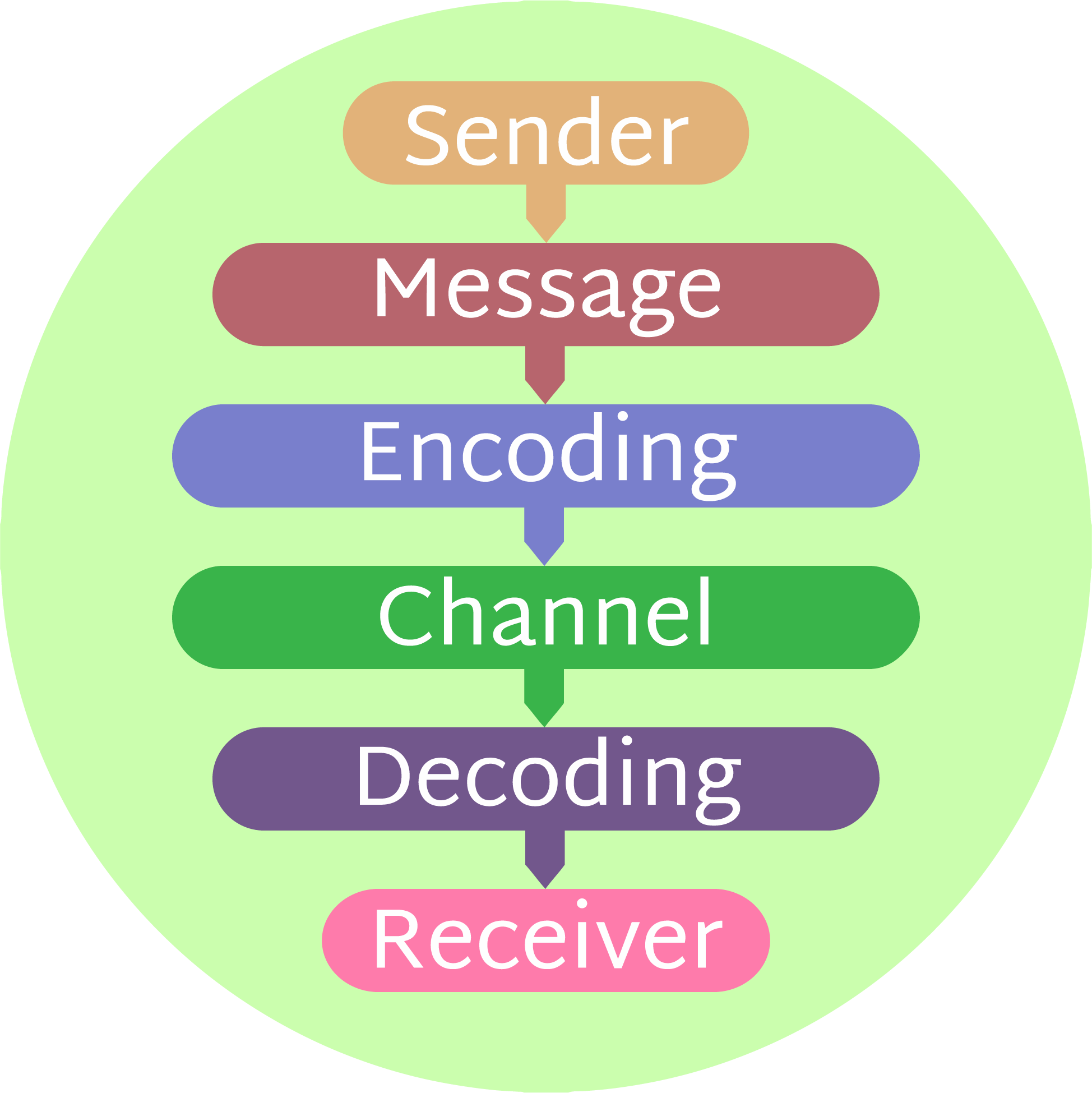
communicationprocess My Church Assistant
Seeing People Through is a must-read for organizations looking to create more empathy in their culture. In this true gem of a book, Nate Regier shows us how the Process Communication Model (PCM) goes far beyond other assessments by helping us recognize the diversity in others and within ourselves to make our own work lives richer and more meaningful.
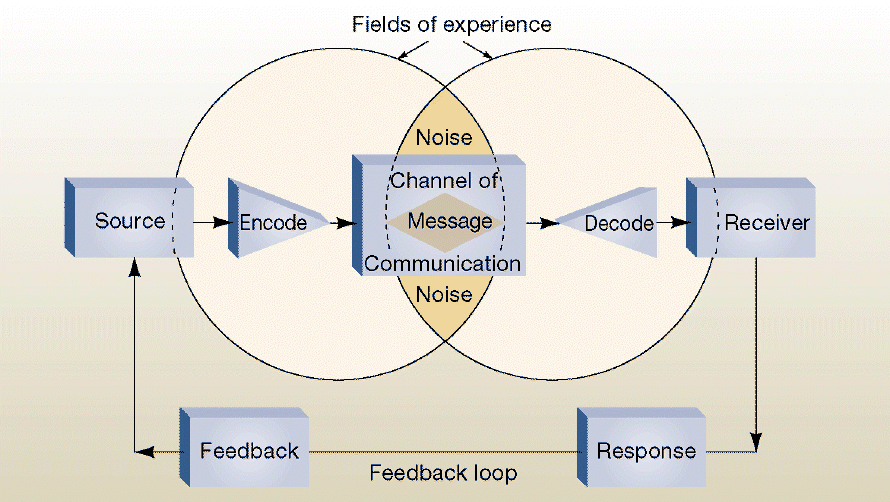
Marketing Communique Chapter 5
Process Communication Model may refer to: Concepts in the field of concurrent computing, a form of computing in which several computations are executing during overlapping time periods - concurrently - instead of sequentially The work of Taibi Kahler on human personality and communication styles in the field of Psychology
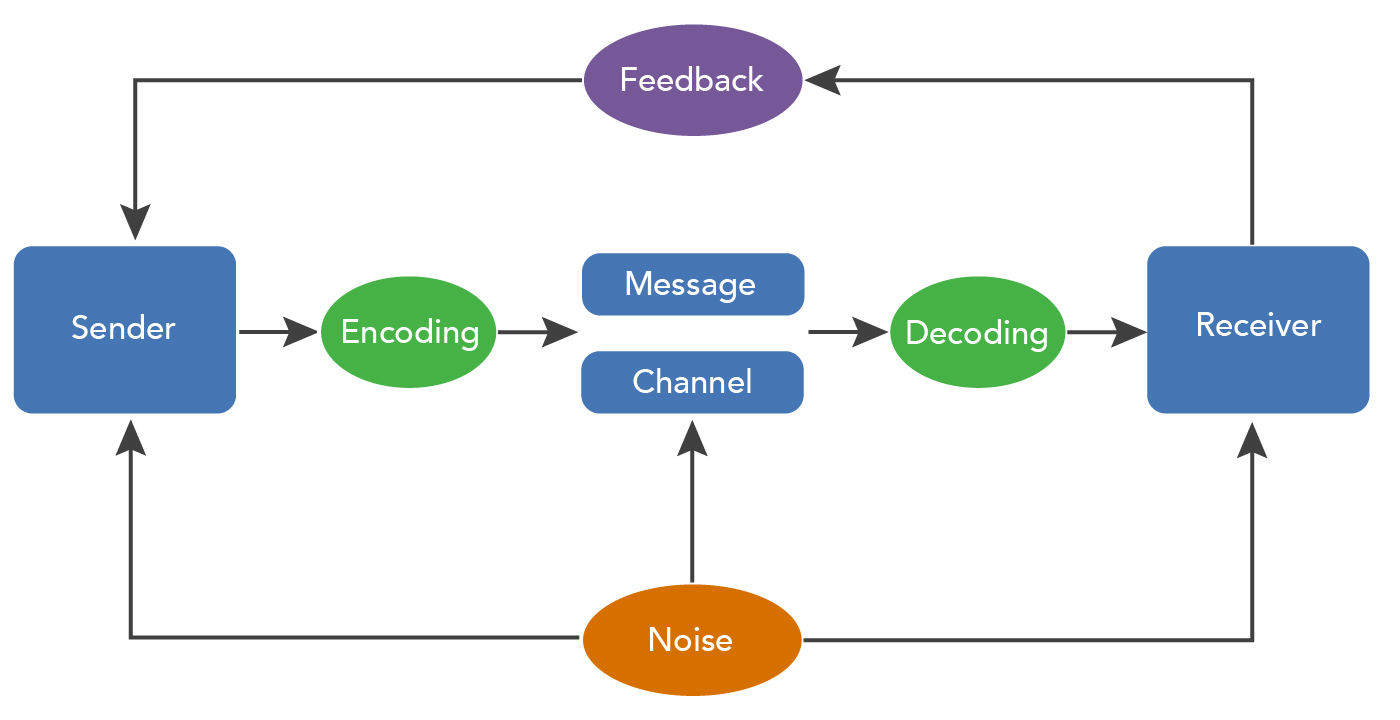
The Process of Communication Organizational Behavior and Human Relations
Developed by Taibi Kahler in the 1970s, Process Communication Model (PCM) is a prominent psychometric tool for individual and team development. The main utility of the PCM model is in understanding others' personality types, discovering one's own personality, and personifying others' personality types to have better relationships.

Commerce The Communication Process Free ZIMSEC & Cambridge Revision Notes & Past Exam Papers
The Process Communication Model highlights types of interaction that are cross-cultural, but can manifest differently depending on a person's background and context. Someone with strong Rebel-type energy in Japan may behavioralise it differently from someone with a similar energy in the UK. For leaders, learning to recognise and engage people.
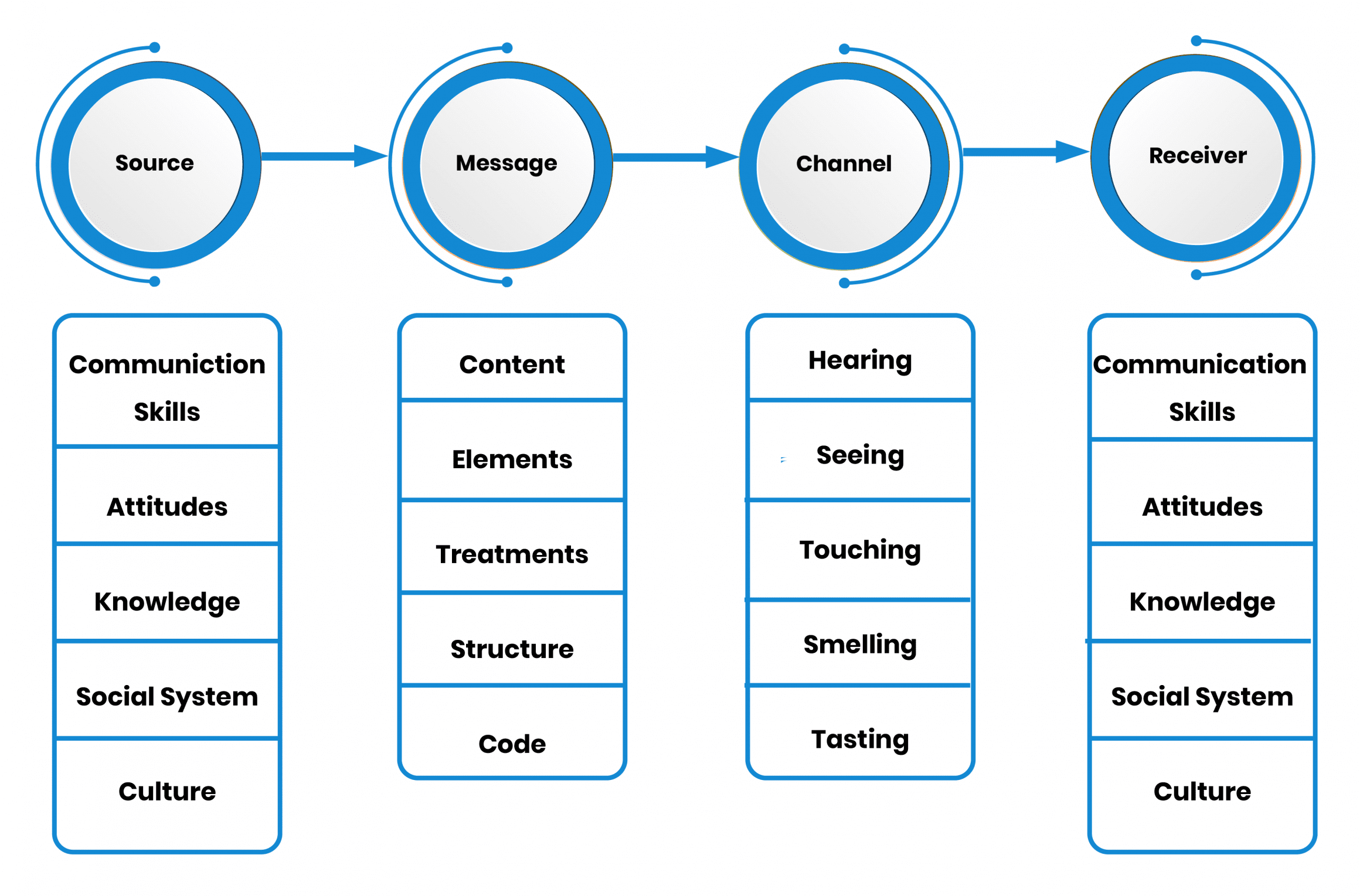
Understanding the Models of Communication Leverage Edu
All the tools you need to an in-depth Process Communication Model Self-Assessment. Featuring 947 new and updated case-based questions, organized into seven core areas of process design, this Self-Assessment will help you identify areas in which Process Communication Model improvements can be made. In using the questions you will be better able.
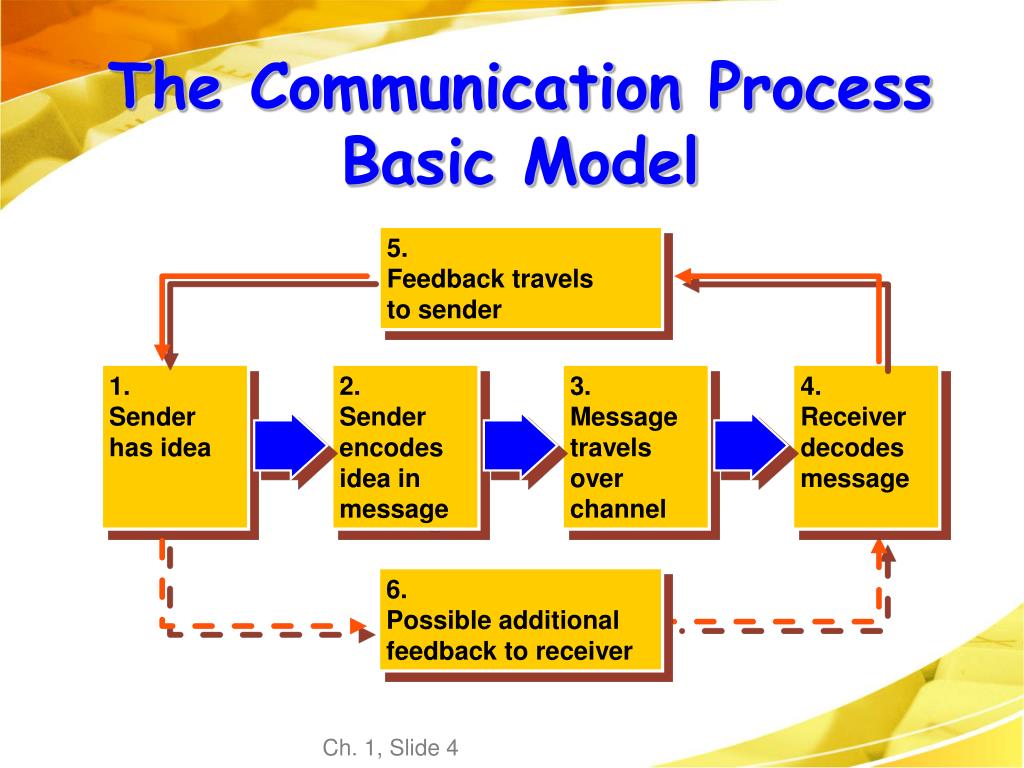
PPT Chapter 1 Communicating at Work PowerPoint Presentation, free download ID1730755
The Process Communication Model (PCM) stands as an innovative approach to understanding and enhancing communication in both personal and professional arenas. It provides a comprehensive framework to understand personality types and their unique ways of interacting, thus promoting effective dialogue, fostering interpersonal relationships, and.

What is PCM® (Process Communication Model®)? PCM®
The Process Communication Model identifies six distinct personality types found within each person: Thinker, Persister, Rebel, Promoter, Harmonizer, and Imaginer. PCM provides invaluable insight into the ways these types influence how an individual thinks, feels and behaves.

Understanding Communication
Our mission: Sharing PCM worldwide to improve the quality of life Connect to the best in yourself and others With more than 1.4 million of Personality Profiles created in the world, we give you the tools to communicate effectively, prevent distress behaviors and manage conflict. Local opportunities, global benefits

Understanding the Models of Communication Leverage Edu
The transmission model of communication describes communication as a linear, one-way process in which a sender intentionally transmits a message to a receiver (Ellis & McClintock, 1990). This model focuses on the sender and message within a communication encounter.

Process Communication Model
This paper proposes a reinforcement learning-based power allocation for underwater acoustic communication networks (UACNs). The objective function is formulated as maximizing channel capacity under constraints of maximum power and minimum channel capacity. To solve this problem, a multi-agent deep deterministic policy gradient (MADDPG) approach is introduced, where each transmitter node is.

Transactional Model of Communication LindsayhasKnapp
The Process Communication Model® (PCM®) is a psychological assessment tool developed in the '70s by the American psychologist Taibi Kahler, Ph.D. PCM® is all about understanding our needs, personality, and communication style before we enter a relationship with others - being our parents, children, colleagues, teams, or clients..
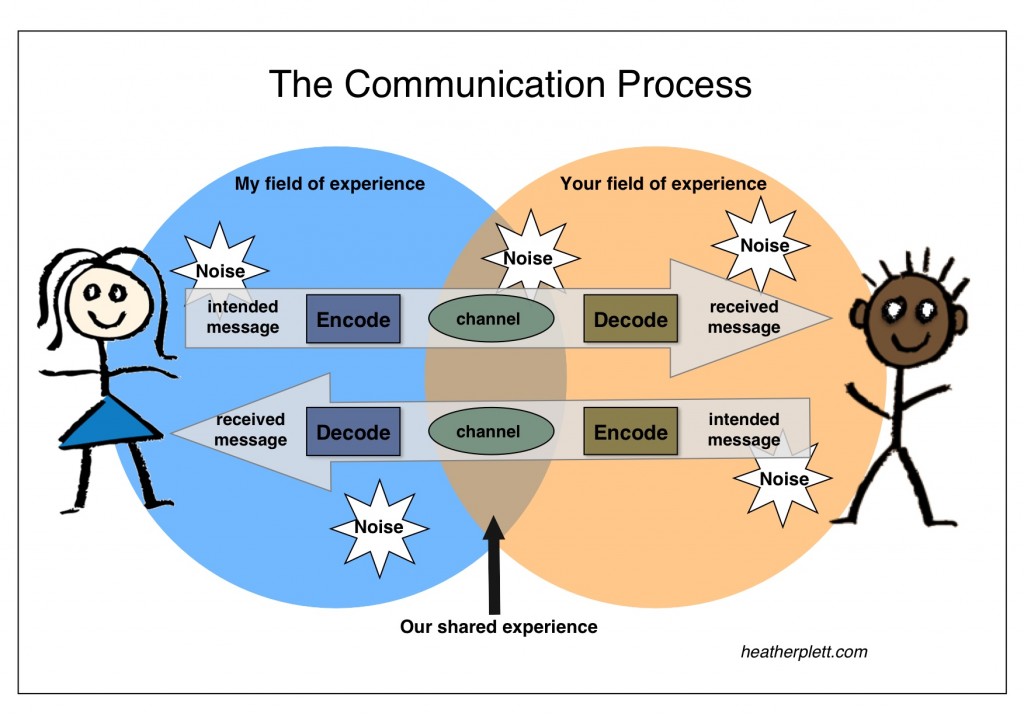
Communicating across differences and through noise Heather Plett
What are communication models? How can communication models help with work communication? 8 Major communication models Linear models of communication 1. Aristotle's model of communication Aristotle's communication model example 2. Lasswell's model of communication Lasswell's communication model example 3. The Shannon-Weaver model of communication
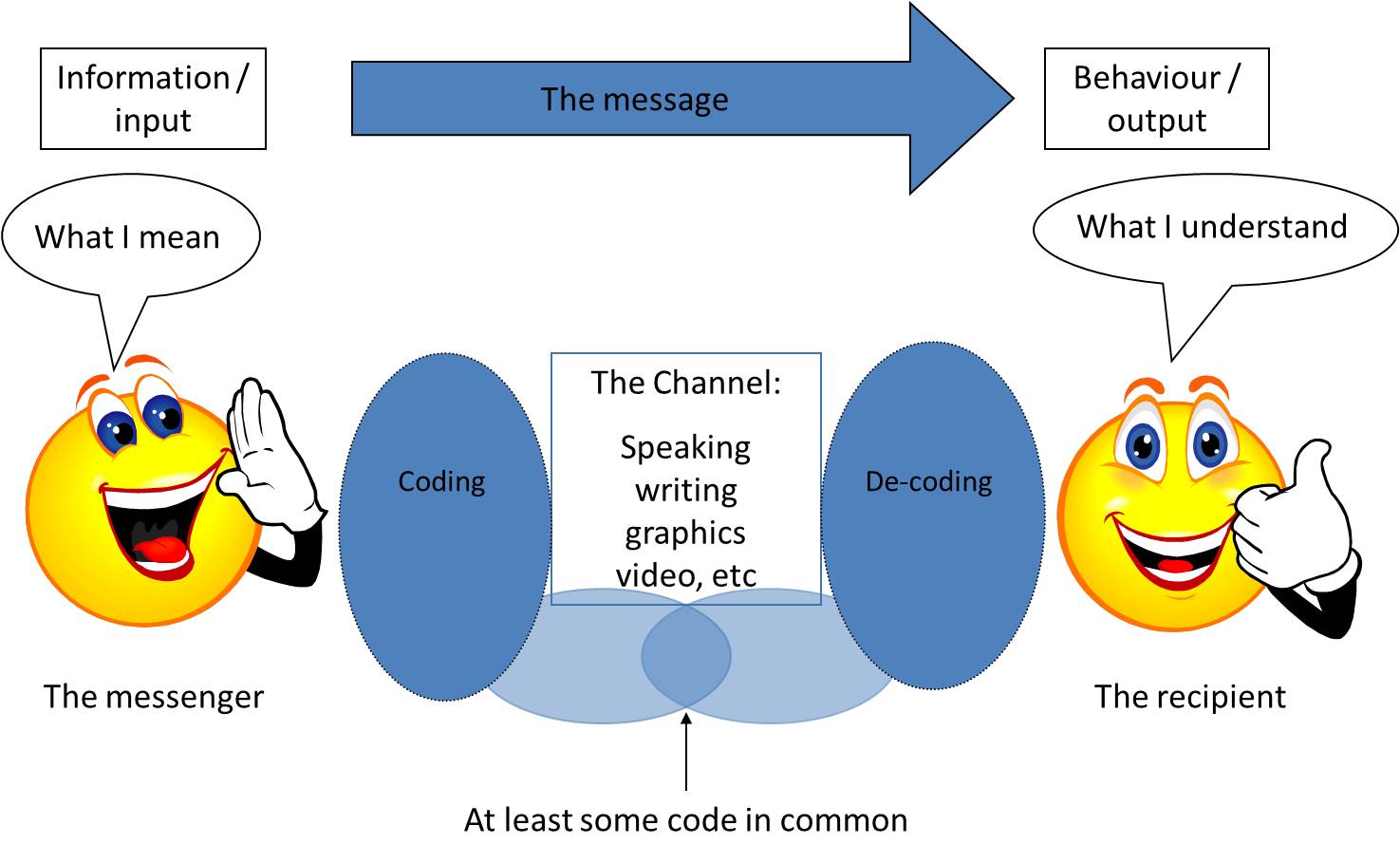
Quels sont les six éléments du processus de communication
The Process Communication Model® is a validated tool to decode human interactions, helping you to make the most of every conversation, situation and day. Learn PCM Discover PCM A 2-day seminar to master the art of communication

Business Communication Communication Process
Module 1: Process Communication Model® Basics. offers an introduction to the most important components of process communication and practical use. includes the creation of a personality profile based on an online questionnaire. Module 2: Intensified knowledge of the Process Communication Model®. repeats the key components of the first module.
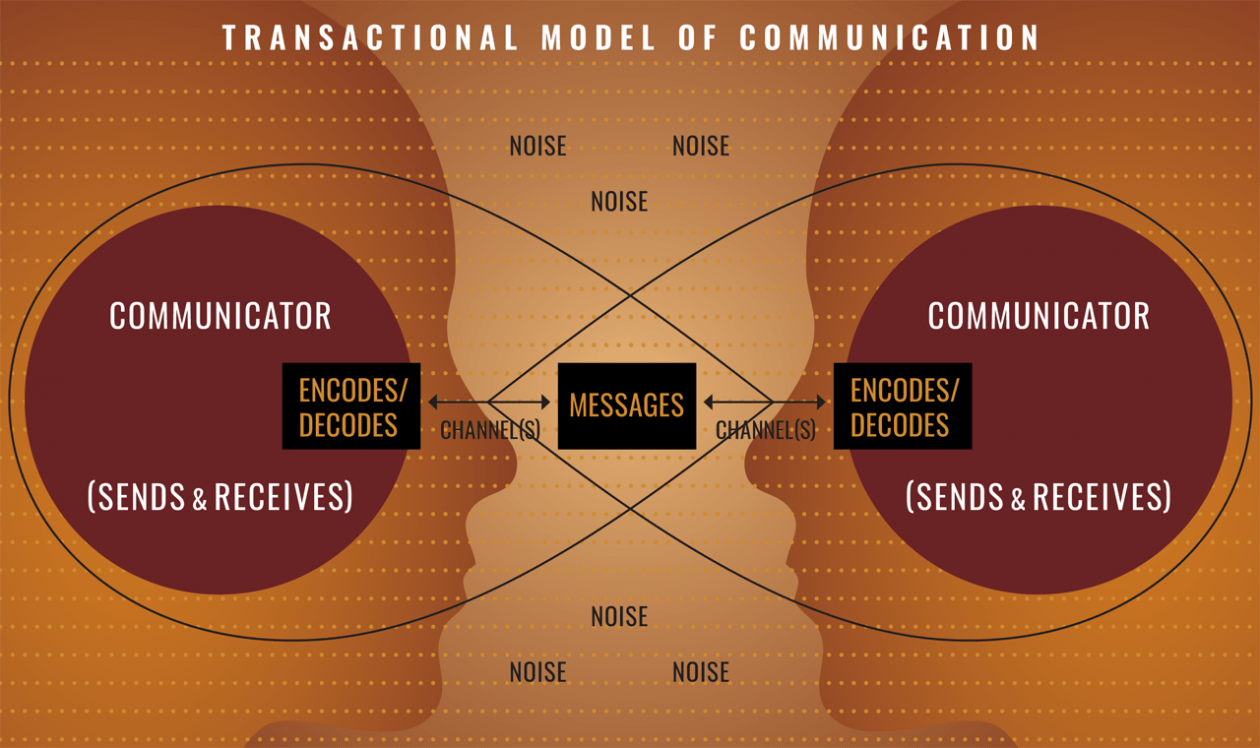
What is Communication? National Communication Association
Rather than illustrating communication as a linear, one-way process, the interaction model incorporates feedback, which makes communication a more interactive, two-way process. For example: A question-and-answer session, in which a question is asked and a response given, is an example of an interactional model of communication.